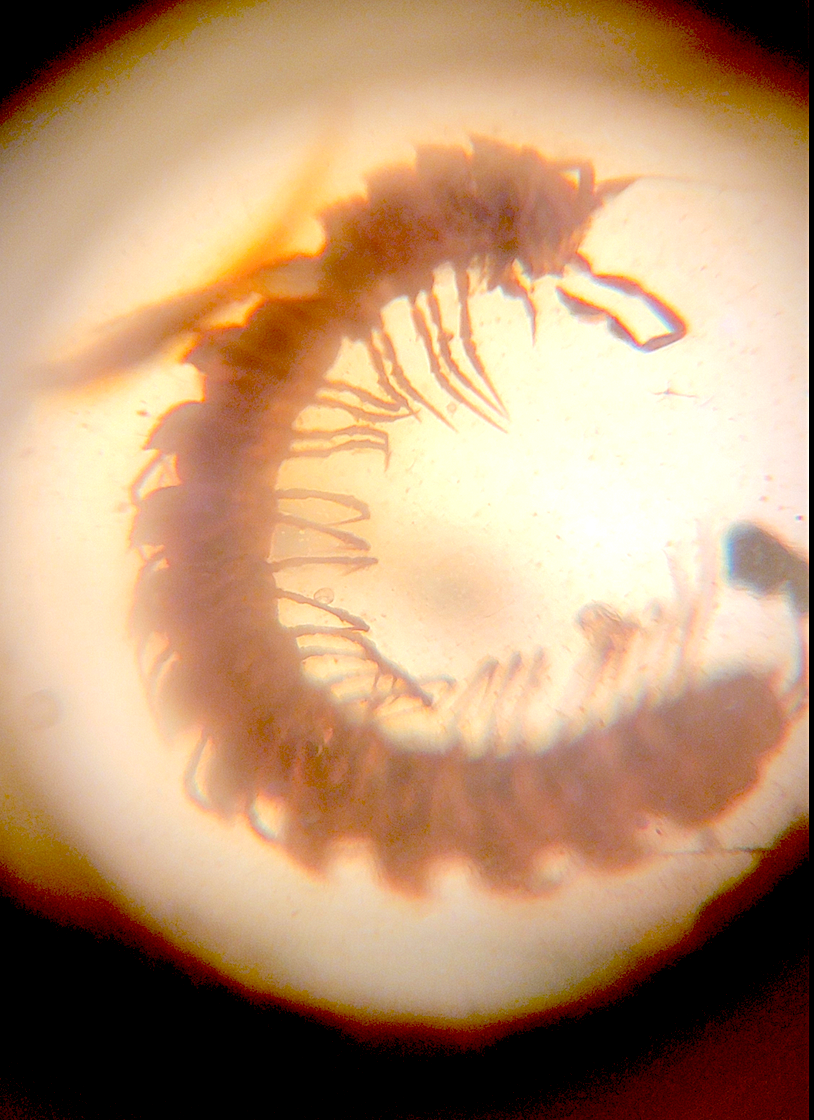Amber Encyclopedia Entry #12: Burmese Amber Millipede Fossil
- Ryan Zschomler
- Jul 22, 2025
- 1 min read
Updated: Aug 7, 2025
This Burmese amber specimen contains a fossilized millipede from the Cretaceous period, approximately 99 million years old. The piece originates from the Hukawng Valley in northern Myanmar, a site renowned for preserving rare terrestrial arthropods in exceptional detail. The millipede is clearly visible both in natural light and under magnification, showing fine segmentation and intact limbs.

A fossil millipede preserved in golden Burmese amber, visible in hand.

Microscope view of a fossilized Cretaceous millipede in amber, showing fine leg and body detail.
Inclusion Type: Millipede (Class: Diplopoda; possible Order: Siphonophorida)
Estimated Age: ~99 million years (Cenomanian, Late Cretaceous)
Locality: Hukawng Valley, Kachin State, Myanmar
Amber Type: Burmese amber
Preservation Quality: Excellent; coiled posture, clear segments, numerous leg pairs
Photography: Captured under both natural light and microscope
Scientific Context
Millipedes are among the earliest known land animals, with a fossil record stretching back over 400 million years. However, their soft exoskeletons rarely fossilize unless preserved in resin. Burmese amber, formed during the early Cenomanian, offers a rare window into ancient forest ecosystems. This specimen’s coiled body and intact legs make it a valuable visual reference for paleontologists and collectors alike.
Where to Buy Fossils Like This:
You can find Burmese amber with insect inclusions, enhydros, and unique combinations like this one at:
See Also:



Comments